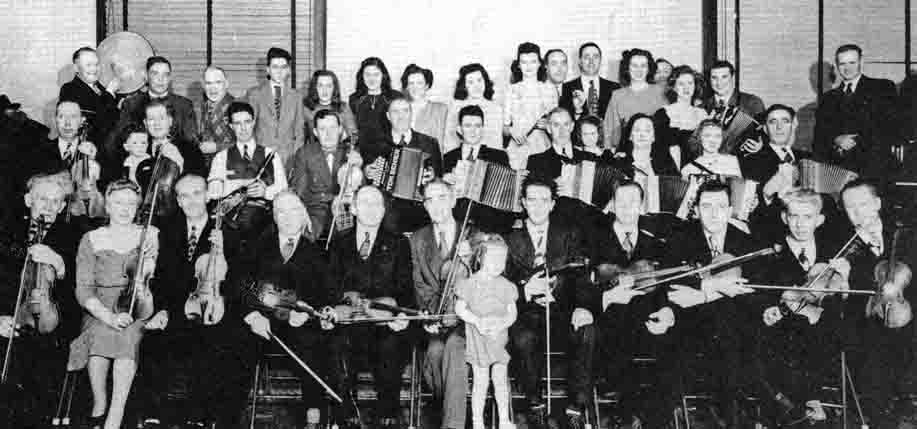Memory is the bond that ties us to home, even when we are far away. And now a stirring book produced by The Aisling Irish Community Center in Yonkers explores the connections Irish immigrants to New York have with their native land.
While Mem’ry Brings Us Back Again spans the era from 1927 to 1964, and consists of heartfelt narratives by immigrants describing their recollections of Ireland, their motives for coming to New York and the regrets and successes they encountered here.
Its contributors are diverse. One-hundred-year-old Jimmy Clark opens the book in reflective mood; feisty Agnes Delaney brings it to a close. They and 32 others evoke a disappearing Ireland. They remember poverty – the lack of work, the struggle to survive on small farms and the shimmering promise of America.
There is nostalgia for long-lost traditions. Bridget Glendon describes the magical sight of a lantern-lit procession that wound its way through her native parish every Christmas Eve.
Throughout the stories, there is an abiding love of family, affection for home and a sense of sadness. These people left Ireland reluctantly, forced by economic hardship to venture far from all they knew and loved. They came to a city we would scarcely recognize today. They recall subway trains furnished with itch-inducing straw-filled seats. They remember being intimidated by highrise buildings and crowded streets.
There were other challenges too. Theresa McNamara remembers being ridiculed for not knowing what sherbet was. Agnes Delaney admitted defeat when confronted with a vacuum cleaner.
Yet New York City presented even the greenest newcomer with boundless possibilities. The Irish found work here easily, filling the ranks of the Police Force, the Fire Department and the New York Telephone Company.
They may have embraced their new opportunities but they still enjoyed Irish culture. They danced to Irish music in Jaeger House, the Tara Ballroom and in many other dance halls. They played sports for their home counties in Gaelic Park on Sundays.
“We became more Irish than the people we had left behind,” says musician Sean Fleming.
Meanwhile, at home, Ireland was changing. People were becoming more prosperous. Some of those interviewed bemoaned the loss of traditional values while welcoming the newfound affluence,
America too has changed, especially following 9/11. For many though, their belief in their adopted country remains unshaken. “I saw people of all persuasions run to help one another on that day and it gives me great hope,” says Carmen Purcell. “New York is magic and it will never lose that.”
This book is a snapshot in time – a time when Ireland could not be a home to her people, when America was at her most alluring and when immigrants helped shaped the country that America has now become.
Agnes Delaney captures its significance when she says: “The Ireland they left behind does not exist as they knew it; the America that welcomed them has changed as well. This nostalgic journey of lives, which may have seemed ordinary in the living, has become extraordinary in the retelling.”
This book is a fascinating chapter in the history of Irish America, one of this country’s most interesting stories.
The Aisling Irish Community Center, 990 McLean Avenue, Yonkers, New York 10704.
Tel: 914 237 5121.
Fax: 914 237 1723.
Email: info@aislingcenter.org ♦


Leave a Reply